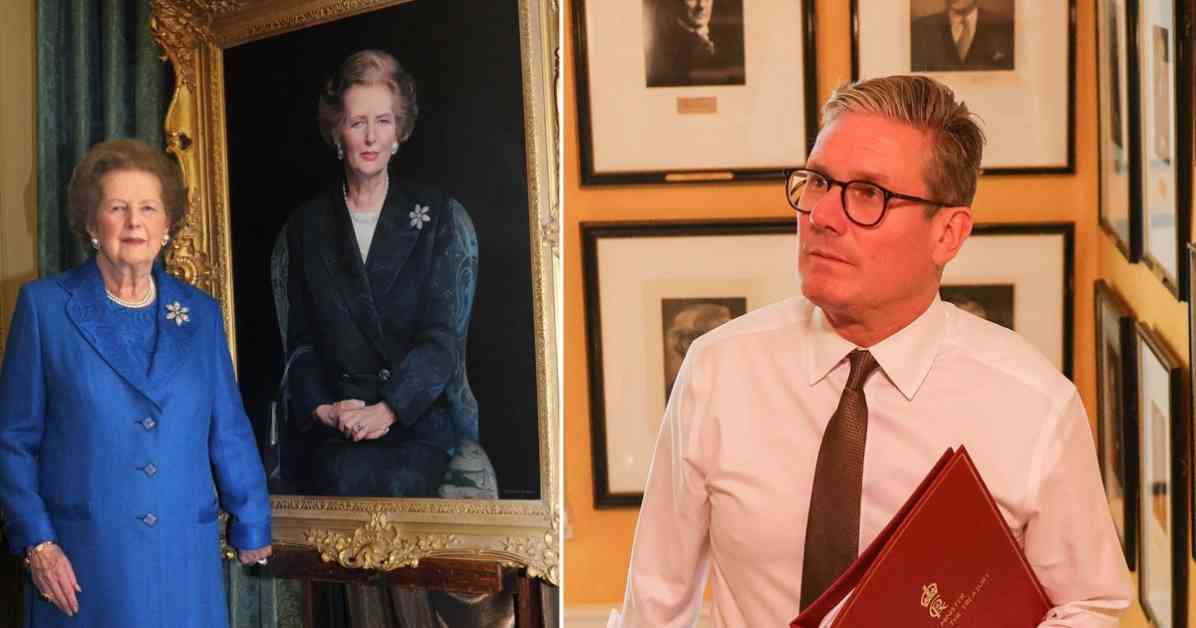The controversial removal of a portrait of former British Prime Minister Margaret Thatcher from Downing Street has sparked a heated debate among politicians and the public. The decision to take down the £100,000 painting was made by current Labour leader Sir Keir Starmer, who found the image unsettling.
Background of the Portrait
The portrait in question was commissioned by former Labour Prime Minister Gordon Brown in 2009 and depicts Margaret Thatcher shortly after the Falklands War in 1982. It hung in a study unofficially known as the ‘Thatcher Room’, a space that Sir Keir Starmer does not use as his own study.
Reasons for Removal
Sir Keir’s biographer, Tom Baldwin, revealed that the Labour leader found the portrait of Thatcher staring down at him unsettling. During a conversation in the study, Baldwin expressed his discomfort with the image, to which Sir Keir agreed. The decision to remove the portrait was made shortly thereafter.
Political Reactions
The removal of the portrait has drawn criticism from some politicians, particularly Conservatives, who have labeled the move as petty and vindictive. Former Conservative leader Sir Iain Duncan Smith believes the painting was taken down to appease the ‘hard left’. Others, such as former Northern Ireland First Minister Baroness Arlene Foster, have expressed disappointment in the decision, calling it vindictive and petty.
Support for Sir Keir
Despite the backlash, Labour Minister Jacqui Smith came to Sir Keir’s defense, stating that the prime minister cannot win in the eyes of critics. She emphasized that there are still portraits of Baroness Thatcher and other former prime ministers on display in Downing Street as a sign of respect.
Public Opinion
The removal of the Thatcher portrait has sparked a range of reactions from the public. Some view it as a necessary step to create a more inclusive environment in Downing Street, while others see it as a disrespectful gesture towards a former prime minister who made significant contributions to the country.
Conclusion
The controversy surrounding the removal of Margaret Thatcher’s portrait from Downing Street highlights the ongoing debate about how history and political figures should be remembered and commemorated. While some see the decision as a positive step towards inclusivity and respect for differing perspectives, others view it as a divisive and unnecessary move. As the discussion continues, it’s clear that the legacy of Margaret Thatcher and her impact on British politics remains a contentious issue in the public sphere.












